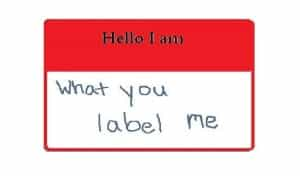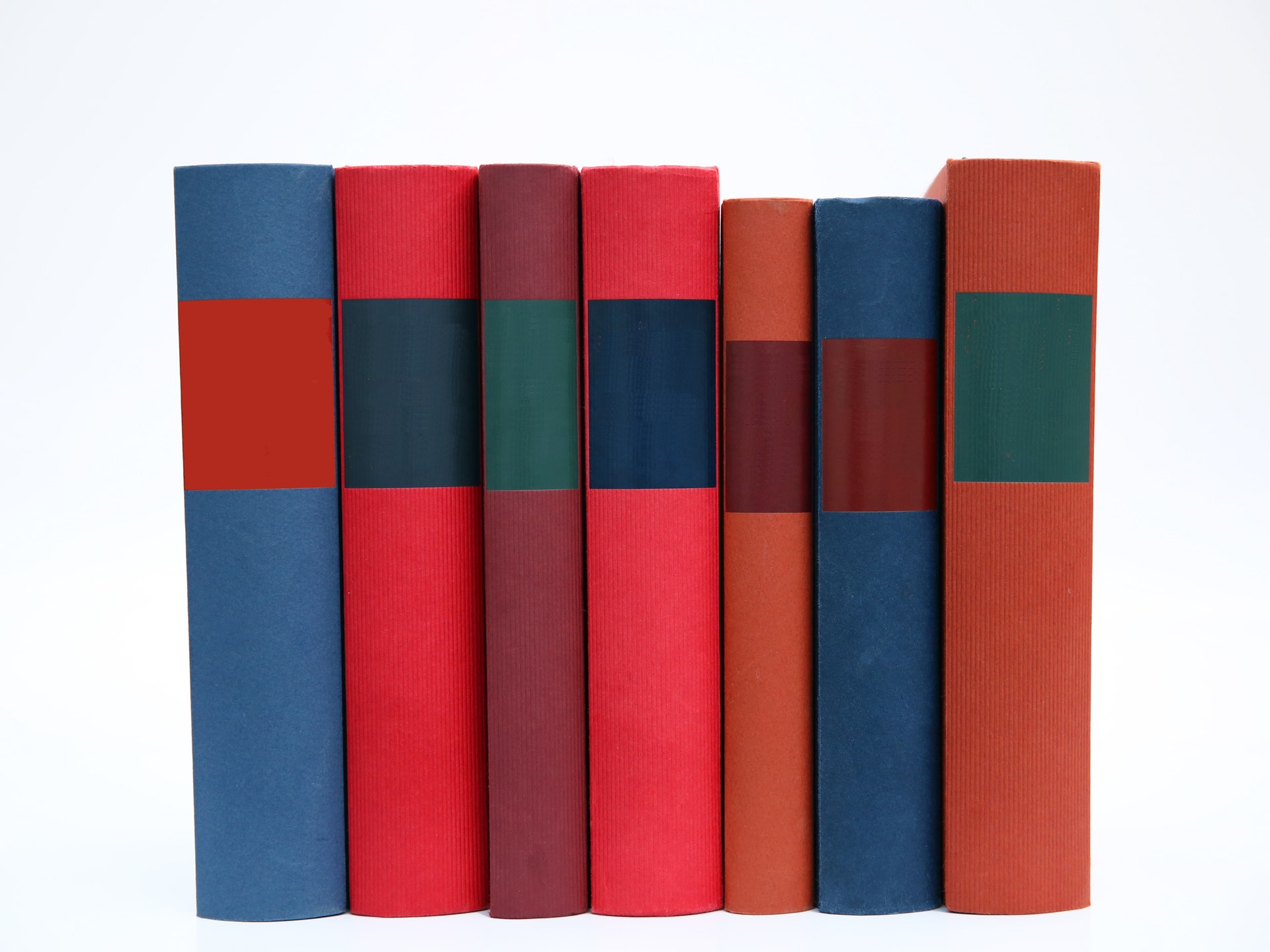 Universal Design for Learning (UDL) is more than a way to design rigorous, engaging curriculum. It’s a philosophy. At its core, UDL encompasses the belief that if a teacher removes barriers to learning, every student can succeed. This is only truly possible when you remove student labels.
Universal Design for Learning (UDL) is more than a way to design rigorous, engaging curriculum. It’s a philosophy. At its core, UDL encompasses the belief that if a teacher removes barriers to learning, every student can succeed. This is only truly possible when you remove student labels.
Many people who hear about UDL for the first time say things like, “Oh, that sounds a lot like differentiated instruction.” It’s not. In a DI curriculum, a teacher creates lessons and assessments with various levels of challenge and distributes them to students, based on their perceived level of ability. For example, in my textbook, each piece of text includes activities for struggling readers, advanced learners, and struggling writers. In theory, if I implemented this DI curriculum, some students have access to challenging curriculum, while others must be content with a modified, or negotiated curriculum. In short, students are labeled, and if you think they don’t notice this, you’re wrong.
In UDL, the art is creating one lesson, with enough embedded scaffolding and choice, that every student receives the same assignment and can challenge themselves. There are no labels in UDL. There are only fabulous, amazing students with different levels of variability. Teachers should embrace that.



